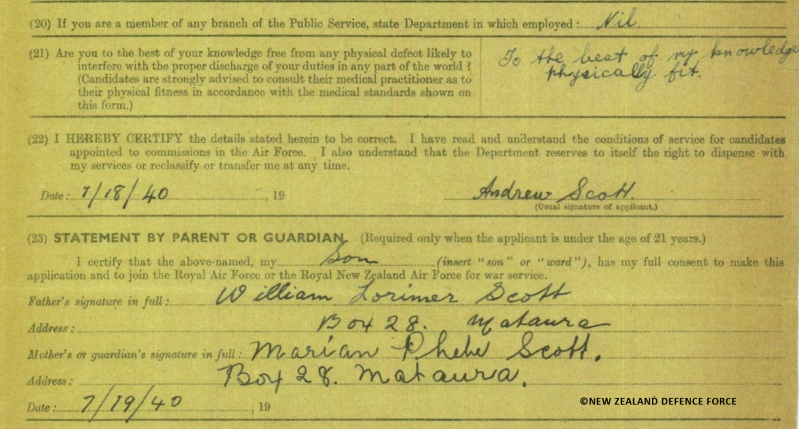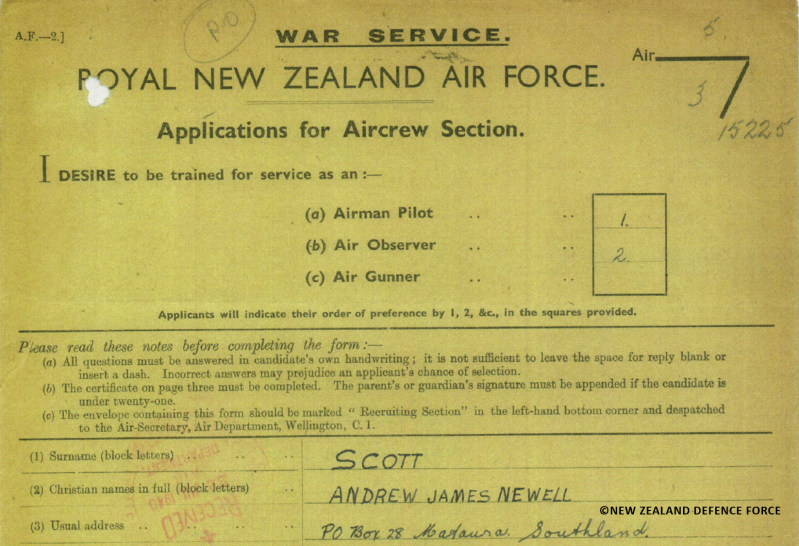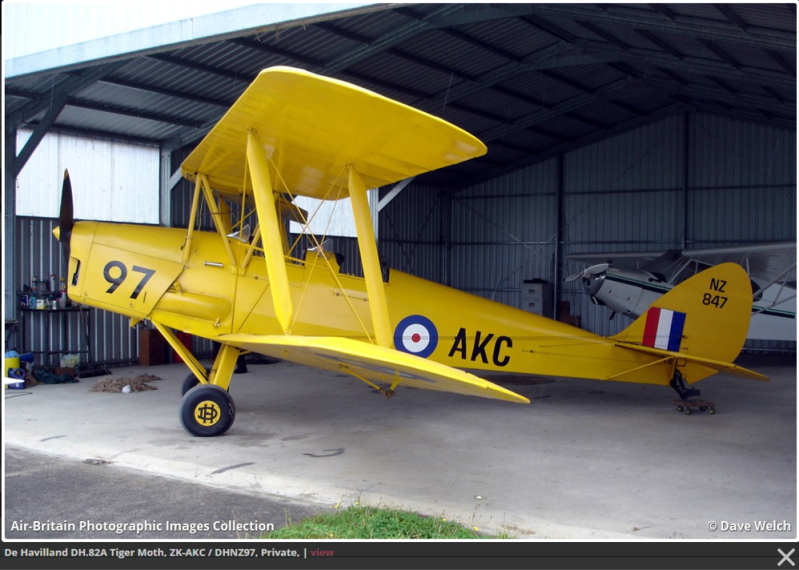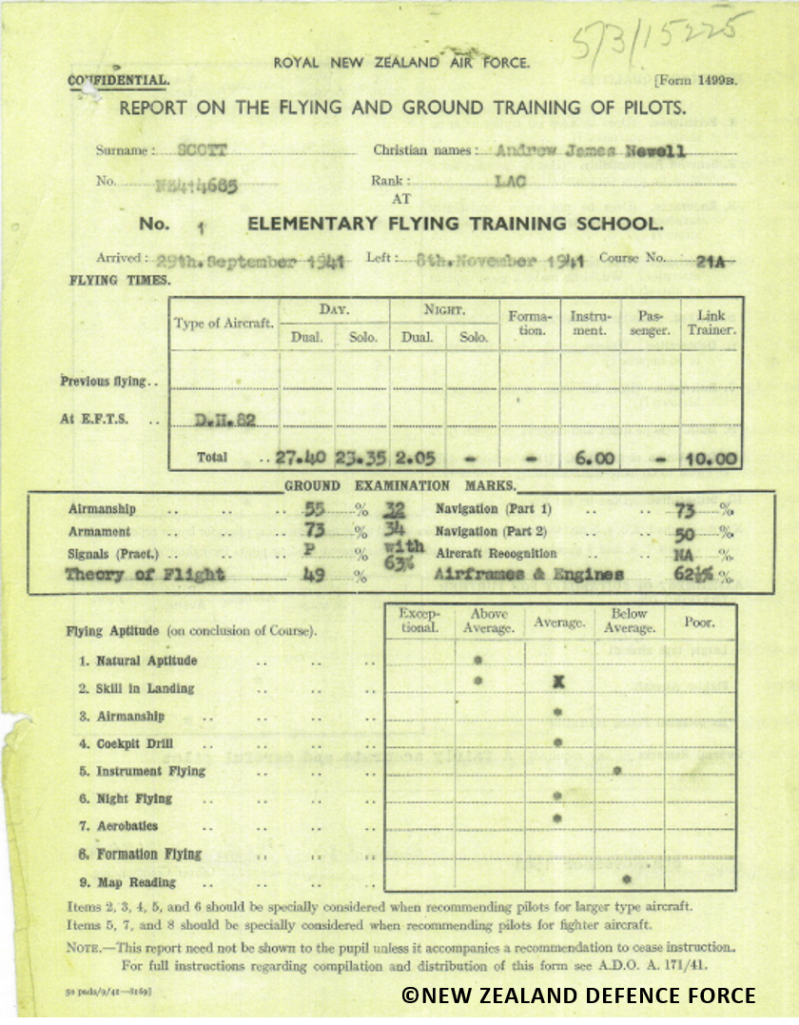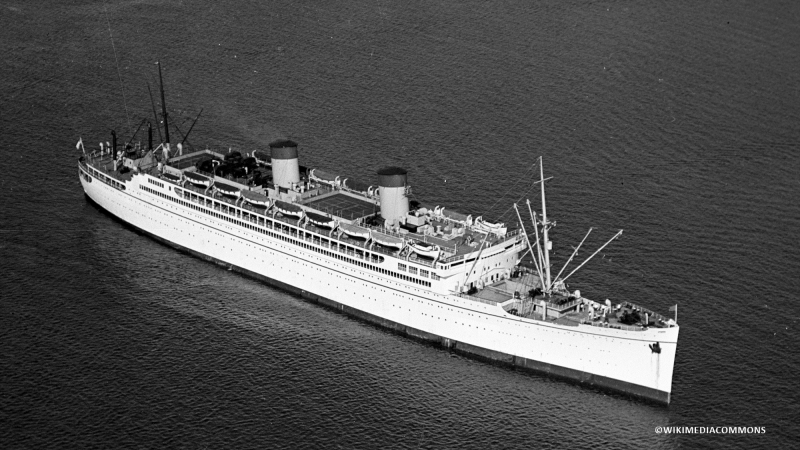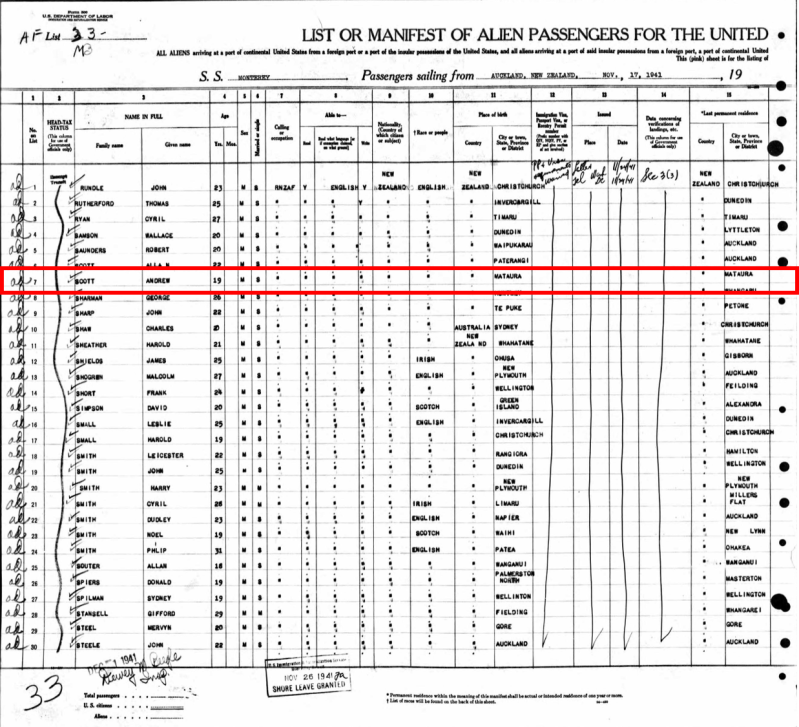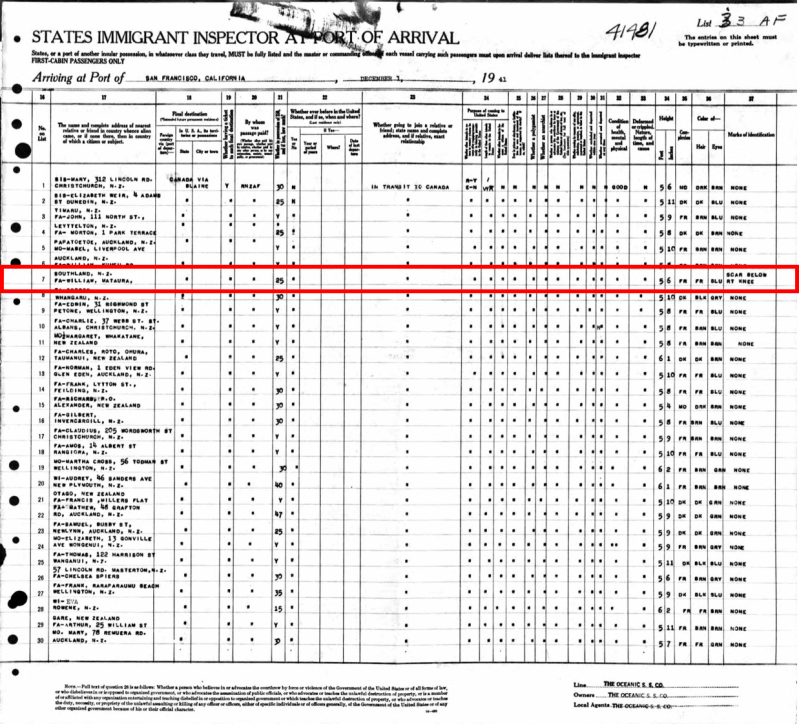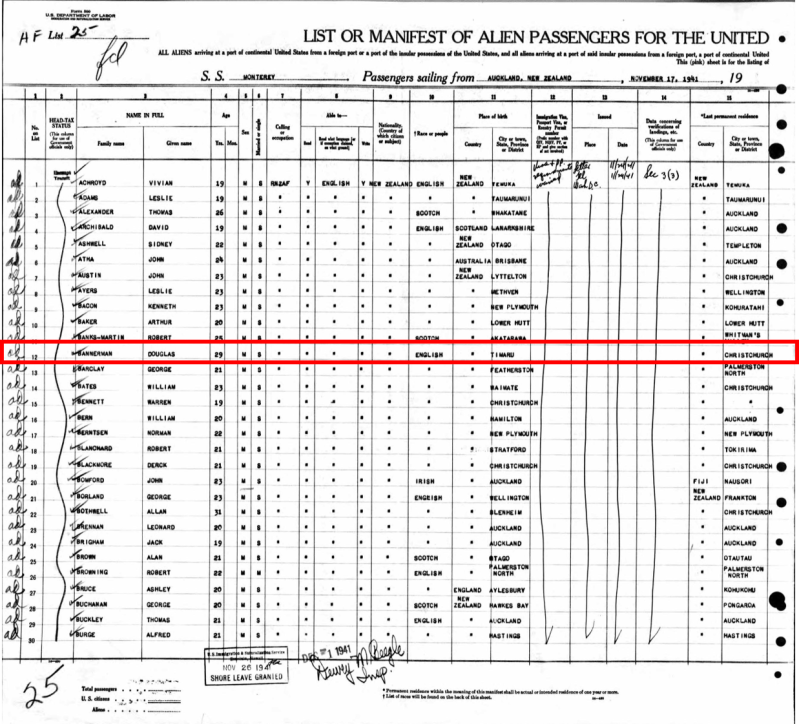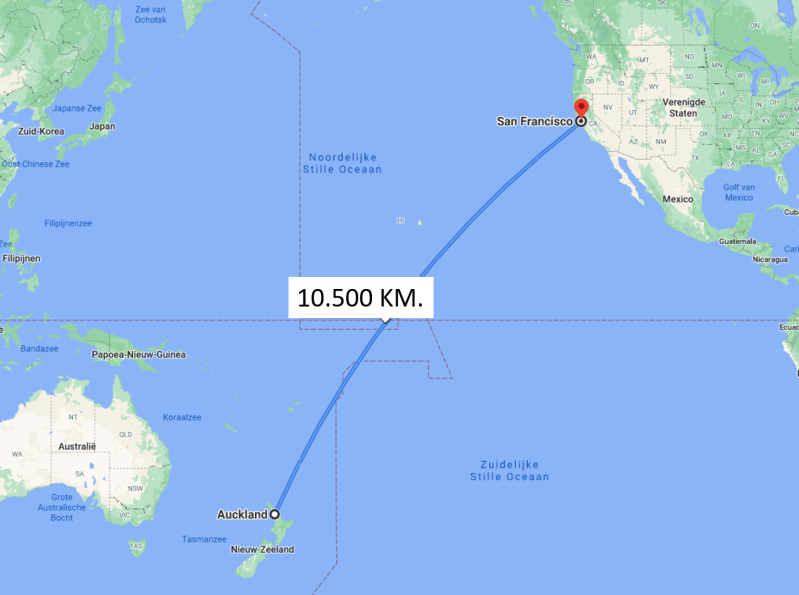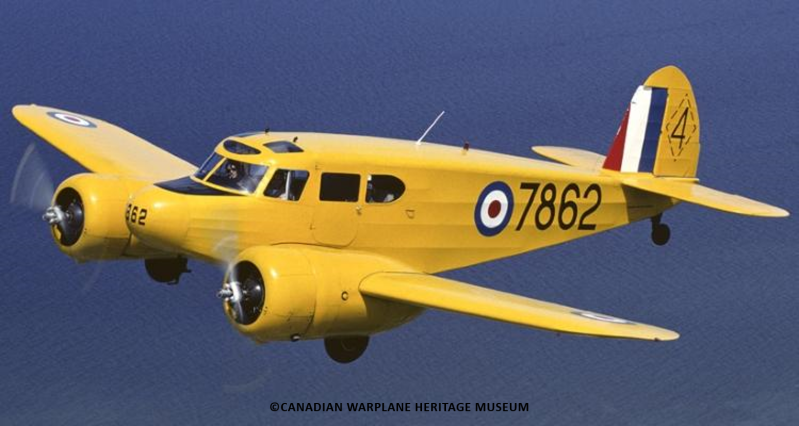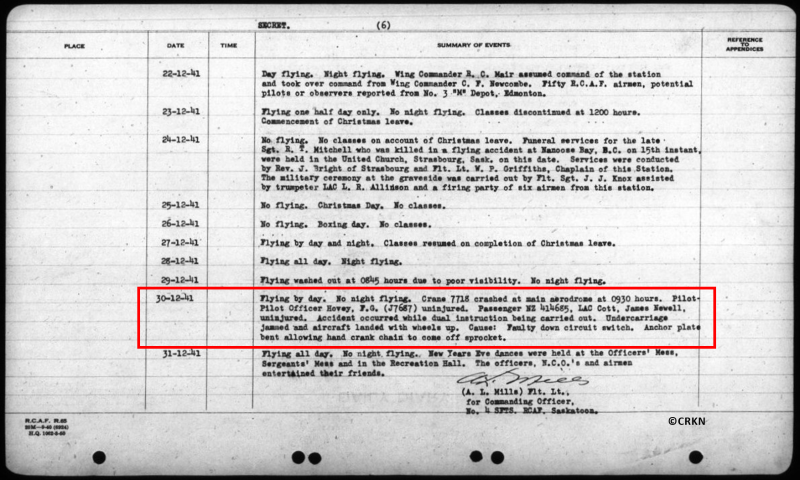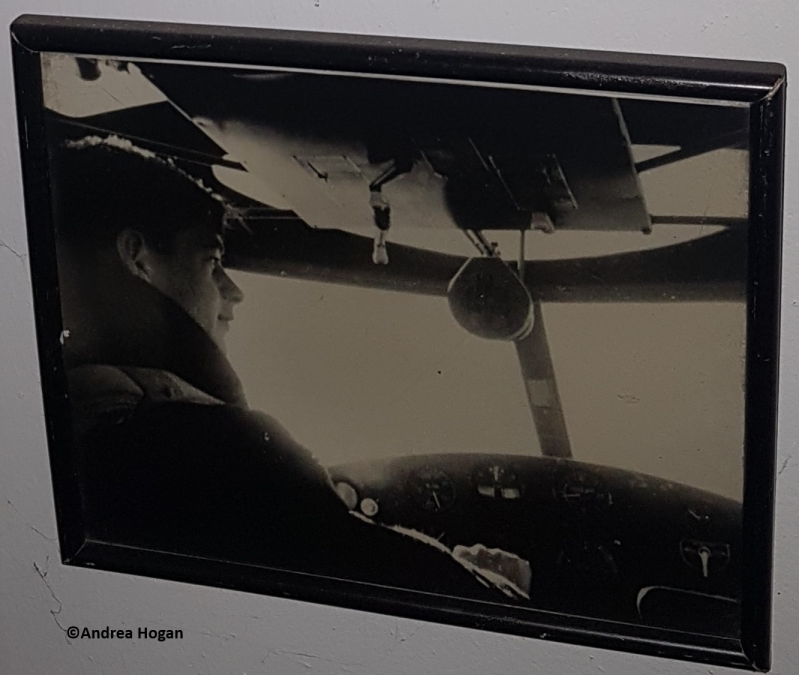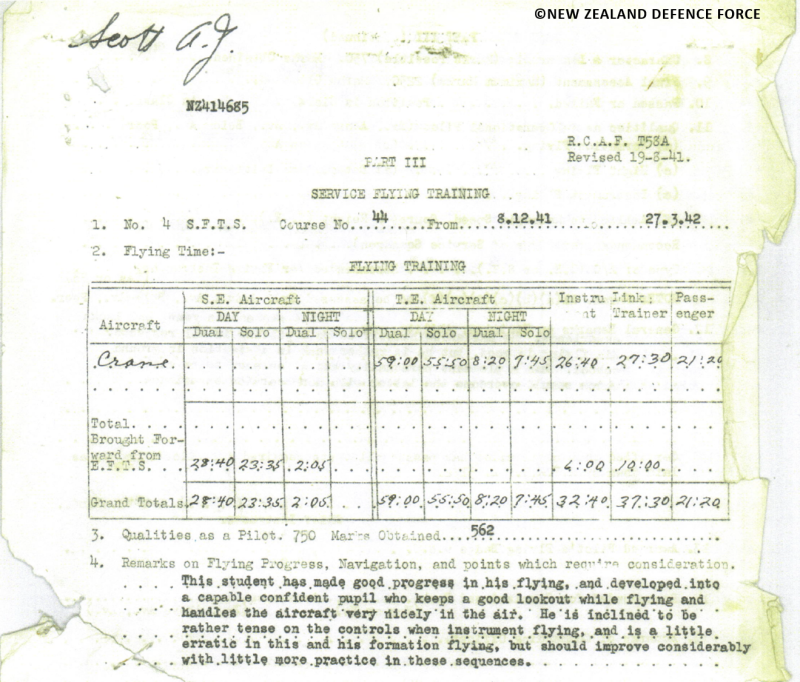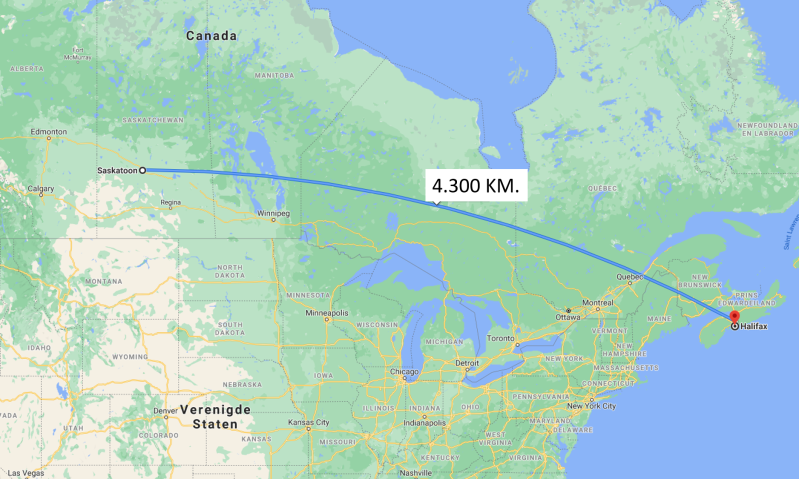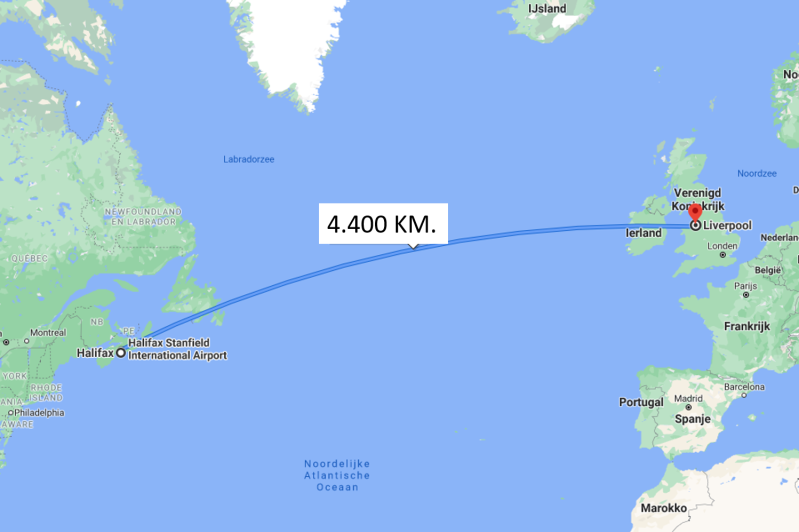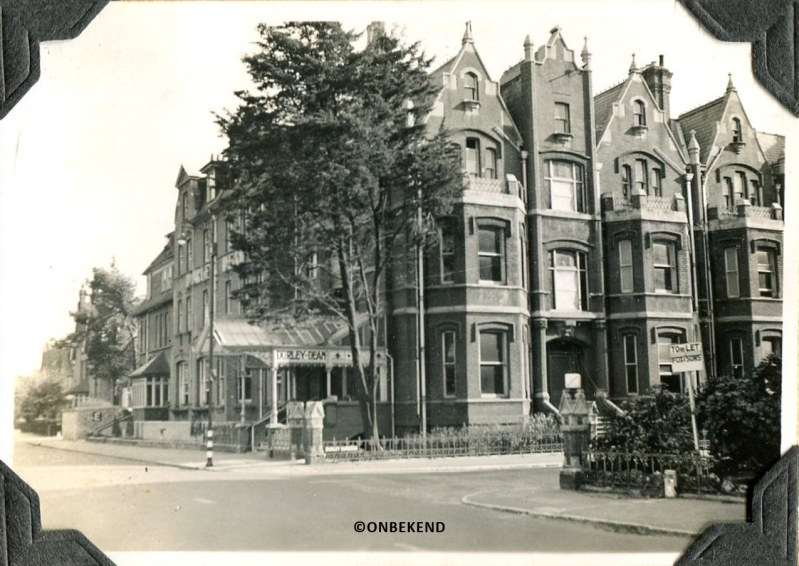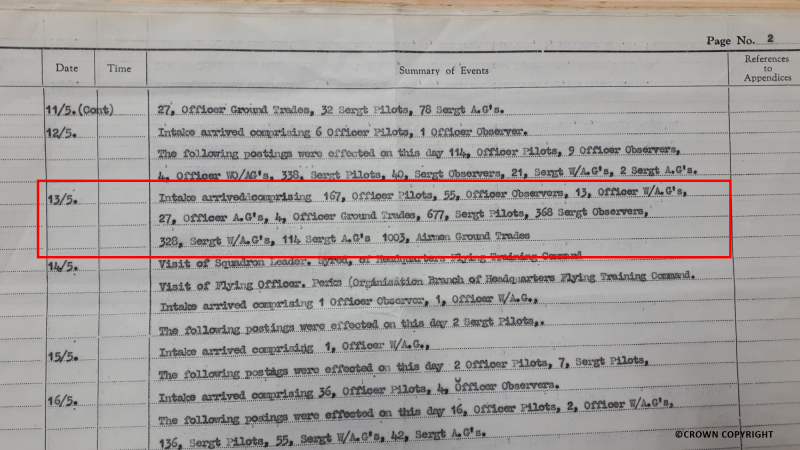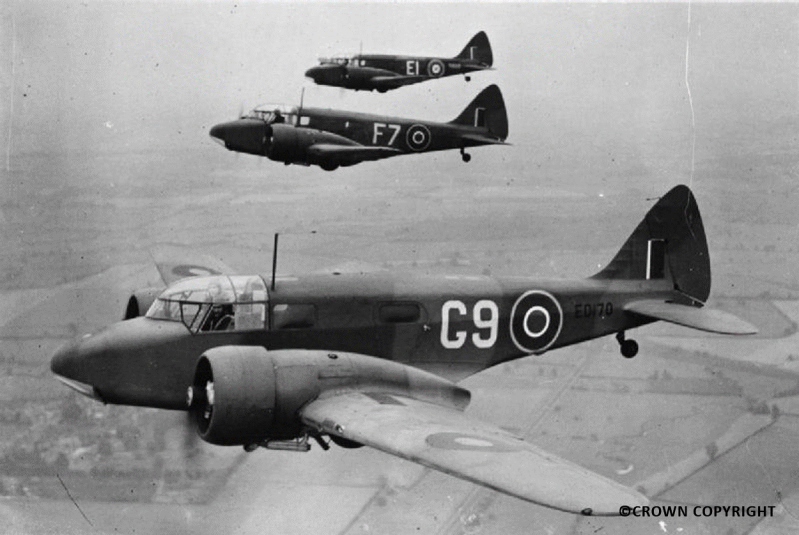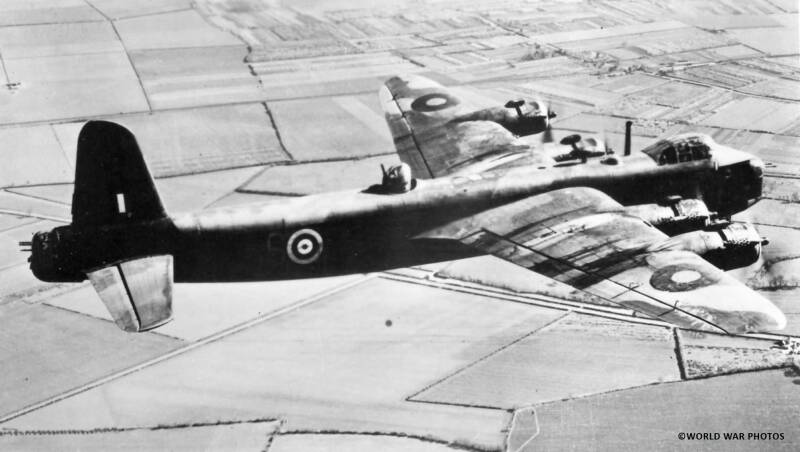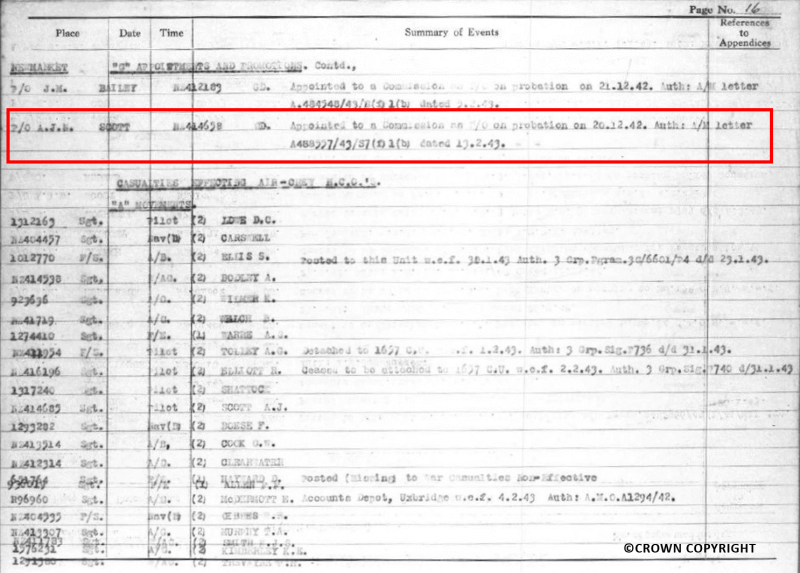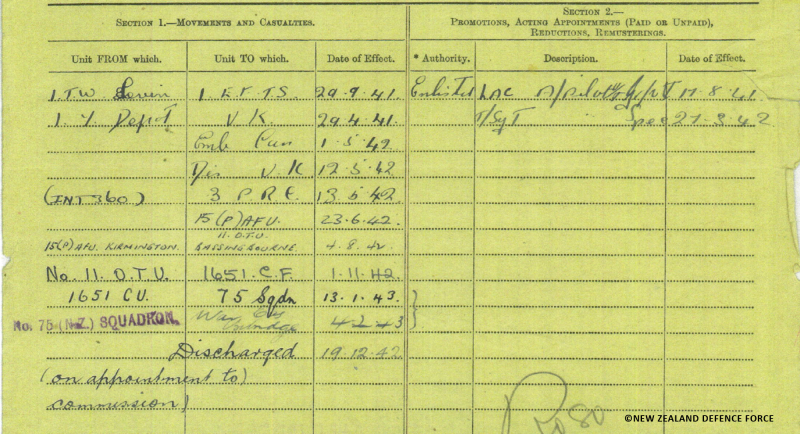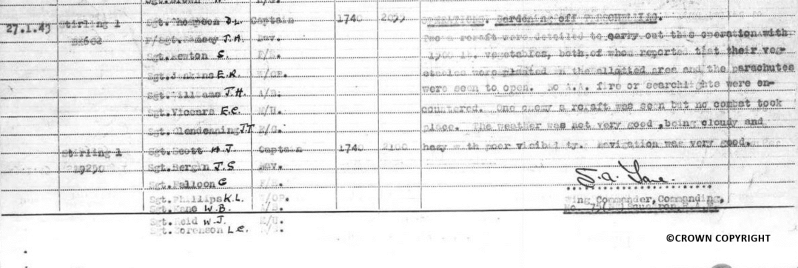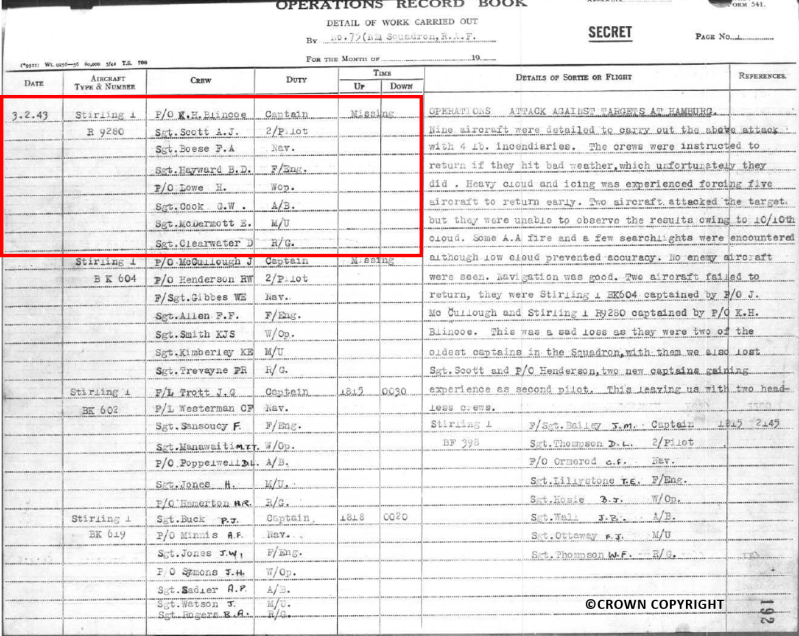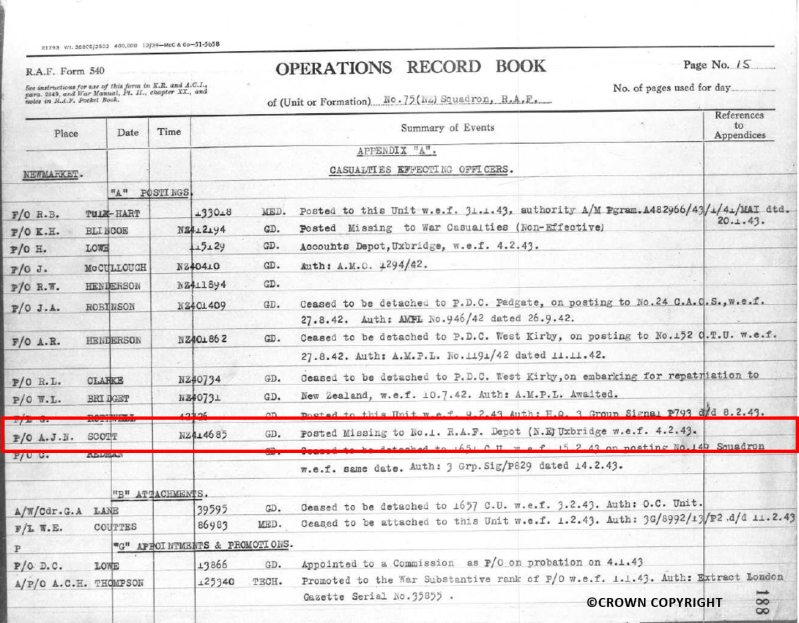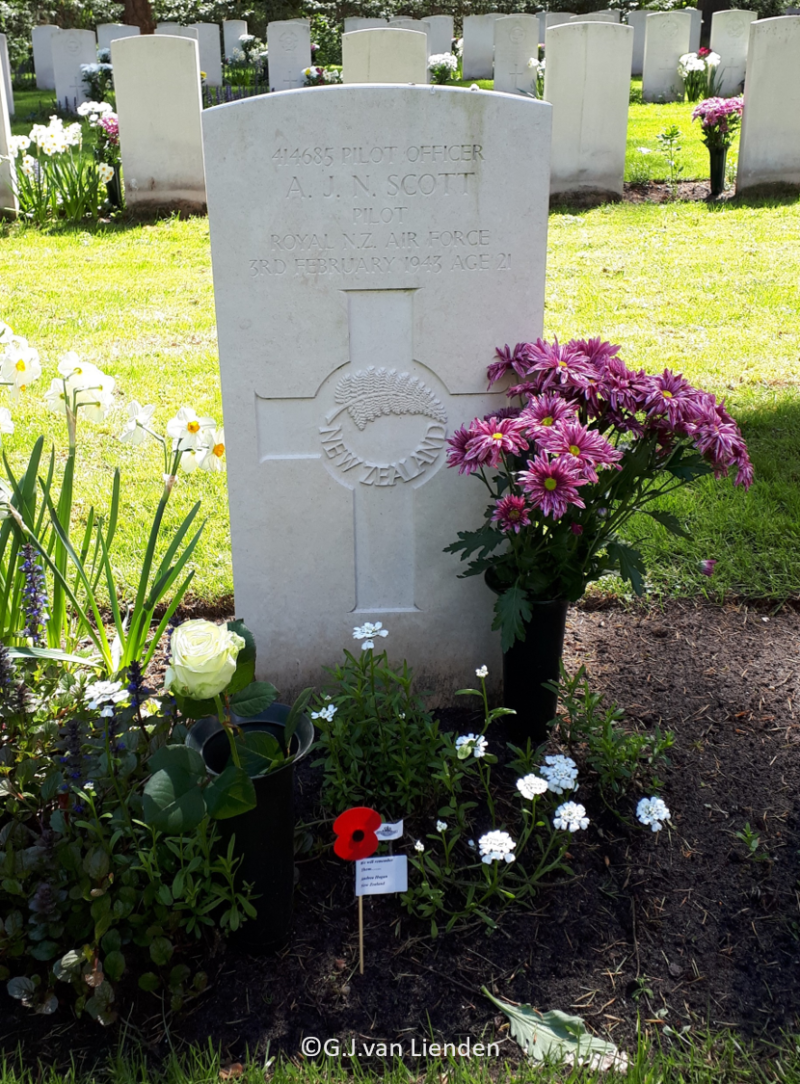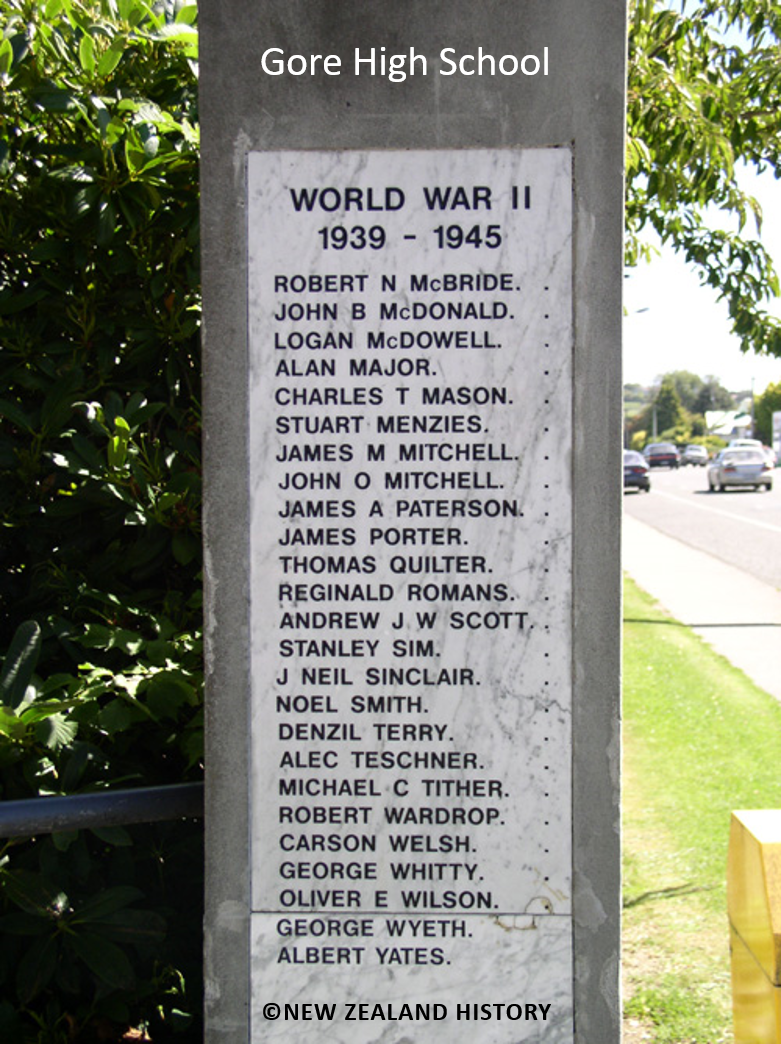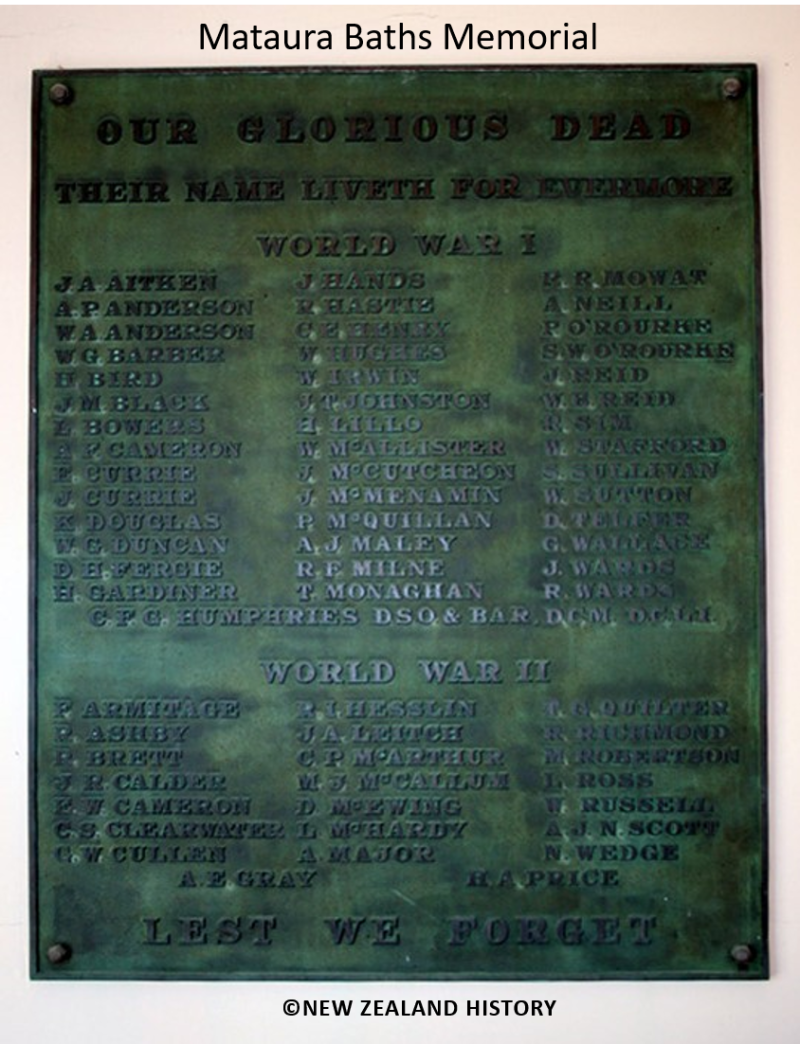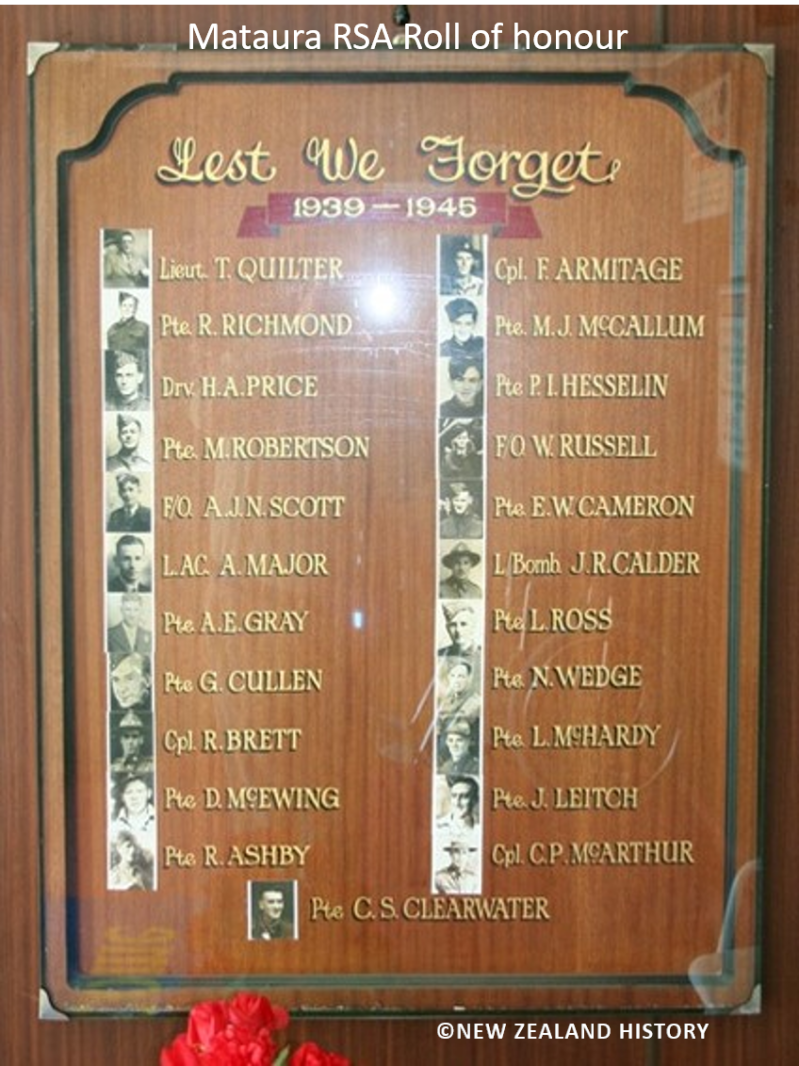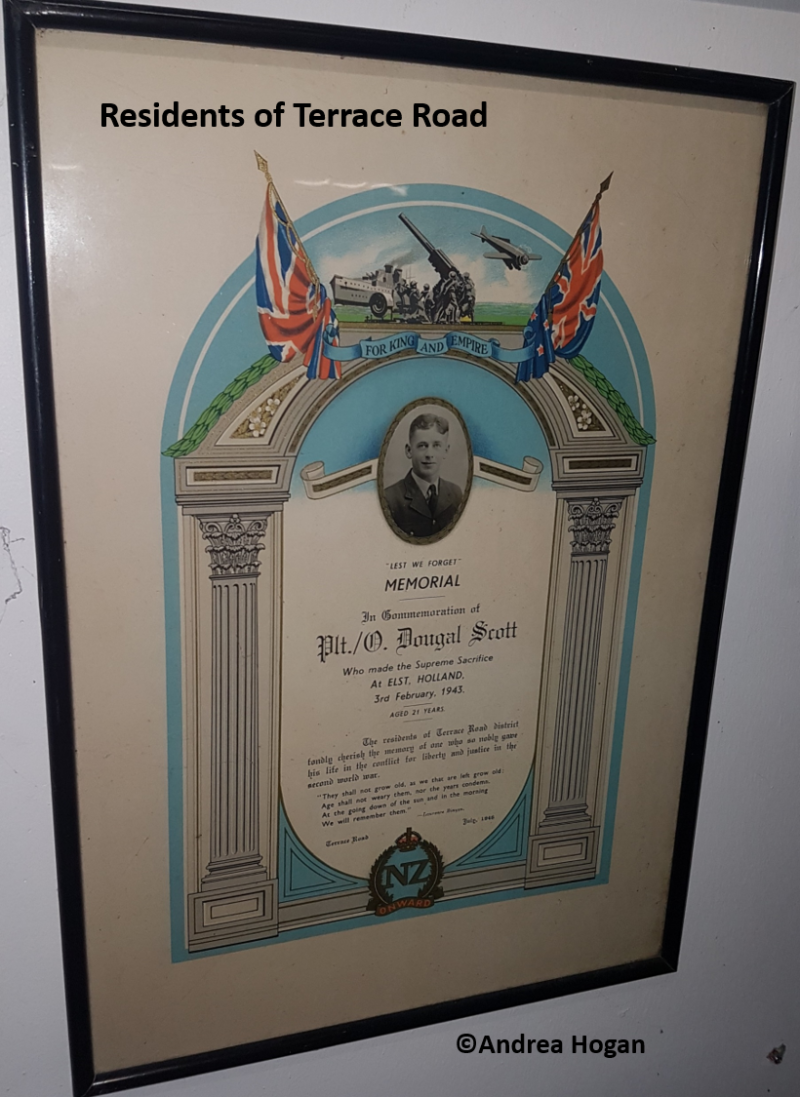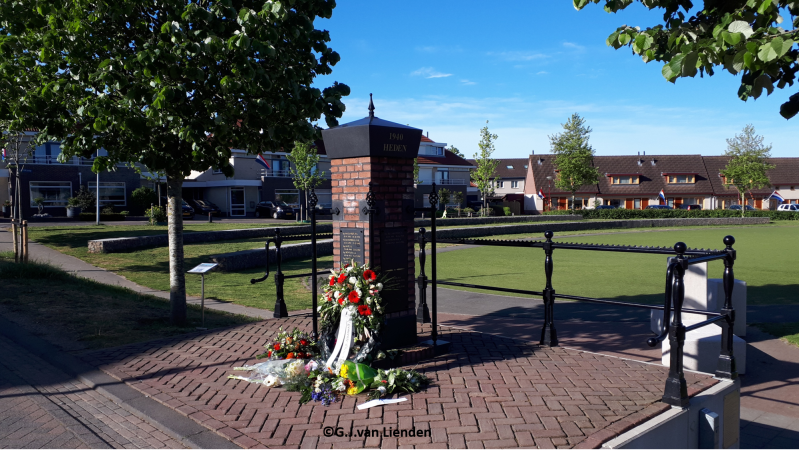Pilot Officer Andrew James Newell Scott
2nd Pilot
* 30 december 1921 Mataura, Nieuw Zeeland
† 3 februari 1943 Elst UT
Son of William Lorimer Scott and Marian Phebe Scott
Servicenr. NZ414685
Andrew James Newell Scott was born december 30, 1921 in Mataura, New Zealand. He went to the "Mataura Public School", "Gore High School" and the 'Southland Technical High School". After his education he was employed on his father's farm. He played rugby at the "Mataura Football Club" and was a member of the 'Birchwood Hunt Club" and the "Eastern Southland Hunt Club". From 1935 to 1938 he was member of the "School Cadets", a voluntary military-style training organisation for New Zealand youth. In July1940 he applied for aircrew enlistment in the Royal New Zealand Air Force for a "non-flying" position for which he had the necessary qualifications but was turned down. With the rejection letter an application form for flying training was enclosed.
Click an imageto enlarge.
On the 18th of July 1940 this application form was signed by Andrew. Next day it was signed by his parents.
His first choice was to train as a pilot.
On the 17th of August he began his training at the "Initial Training Wing" in Levin, also known as "Ground Training School".
Click an image to enlarge.
On completion of this course he went to No.1 Flying Training School in Taieri near Dunedin for flying lessons on the D.H.82, better known as the Tiger Moth.
On the 5th of november 1941 this training was completed. On the image left his achievements.
Click an image to enlarge.
On the 17th of November 1941 S.S. Monterey sailed from Auckland, New Zealand. On board many Royal New Zealand Air Force personnel including Andrew Scott. The destination is San Francisco, United States.
One of the other servicemen on board was Douglas Robert Bannerman. Bannerman was killed in action when Lancaster W4191 crashed in Elst UT, Holland, on the 21st of December 1942. Click the button below for remarkable similarities.
Click an image to enlarge.
On the 1st of December 1941 S.S. Monterey arrived in San Francisco after a journey of 14 days and 10.500 kms.
Next was a journey of about 3.000 kms. to Saskatoon in Canada via border station Blaine in the North West of the United States as can be seen on the passenger lists.
Click an image to enlarge.
On the 5th of December 1941 Andrew Scott arrived at the No. 4 Service Flying Training School in Saskatoon, Saskatchewan, Canada. Here began his training on twin engined aircraft, in this case the Cessna Crane.
December 30, 1941, Andrew was involved in a flying accident as can be seen in the Operations Record Book of No. 4 Service Flying Training School. The undercarriage jammed and the Cessna Crane made a belly landing. Fortunately, the pilot and passenger were unharmed. Andrew's name is misspelled but his service nr. is correct.
Click an image to enlarge.
Andrew Scott in the cockpit of a Cessna Crane.
March 27, 1942, this training was completed and he got his Flying Badge.
On the image left his achievements.
Click an image to enlarge.
Another long journey followed. First by train from Saskatoon to Halifax, Nova Scotia, approximately 4.300 km.
Then by ship to England, a journey of about 4.400 km. It is not clear (yet) to which port. Possibly to the Scottish Greenock or to Liverpool.
On May 13, 1942, Andrew arrived at No. 3 Personnel Reception Center in Bournemouth on England's South Coast. In the photo one of the many hotels where the airmen arriving from Canada were accommodated.
Click an image to enlarge.
Many airmen arrived at No. 3 Personnel Reception Center on May 13, as the Operations Record Book shows.
The next step in his training was the Airspeed Oxford. On June 23, 1942 he was transferred to No. 15 Advanced Flying Unit in Kirmington, Lincolnshire.
Nowadays Humberside Airport.
On 25 August 1942 started the training on the Vickers Wellington bomber at No. 11 Operational Training Unit in Bassingbourn, Cambridgeshire. Complete crews for the bombers were also trained here. A crew had to work together as a close-knit team. During bombing flights they had to rely on each other to return safely. The gunners, for example, had to inform the pilot about attacking ennemy aircraft. Photo on the left: three Wellingtons of No. 11 Operational Training Unit.
Click an image to enlarge.
The next transfer was on November 1, 1942 to No. 1651 Conversion Unit in Waterbeach, also in Cambridgeshire. Without having made any operational flights with the Vickers Wellington, the crew was retrained there on the Short Stirling bomber. On the left a Stirling of No.1651 Conversion Unit.
On December 20, 1942, Andrew Scott was promoted to Pilot Officer. The official report of this only comes after that he has been killed. In the image on the left the entry in the Operations Record Book dated February 13, 1943.
Click an image to enlarge.
On January 13, 1943, Andrew was posted to No. 75 (NZ) Squadron Royal Air Force. Unfortunately, no mention of this can yet be found in the Operations Record Book. Also the names of "his" crew are not to be found. The picture on the left shows the postings from Andrew to the various units as described above. The comment "Discharged" has to do with his promotion to Pilot Officer the following day. It is remarkable that this note is dated after February 4, 1943.
It was common practice to add new pilots to an experienced crew to gain experience for flights over enemy territory. On January 15, 1943, Andrew was second pilot of Stirling BK 619 on a mission to Lorient in France, an important base for German U-boats.
Click an image to enlarge.
Andrews name is not mentioned in the Operations Record Book but this mission can be found in Andrews logbook, see "Stirling O 619" with Pilot Officer Bettles as captain.
On January 27, 1943, Andrew and his crew had their first operational flight, "Gardening off Terschelling". Gardening meant dropping sea mines. There were two Stirlings on this mission. The "vegetables" were planted in the right place, it is described.
Click an image to enlarge.
On February 3, 1943, Andrew was added to Kenneth Blincoe's crew for a bombing raid on Hamburg. It was their last flight. The Operations Record Book simply reports : "Missing".
(Incidentally, there is an error in the Operations Record Book. It says Stirling R9280 instead of R 9250. Stirling R9280 was allotted to 7 Squadron.)
All eight crew are killed.
Then the unavoidable message in the Operations Record Book follows:
"Posted Missing to No. 1 R.A.F. Depot (N.E) Uxbridge w.e.f. 4.2.43".
In the image on the left the mention of Andrew Scott.
Click an image to enlarge.
Two of the crew came down in Elst UT, Desmond Hayward and Andrew Scott. This is stated in a letter from the Municipality of Rhenen to the Military Authority in Utrecht.
It can be found in a report by No. 2 Missing Research Enquiry Unit RAF of March 18, 1946 too. It is told that Andrew Scott was treated by Dr. Sander van Ommeren, the local GP, but died shortly afterwards.
Andrew Scott was buried at Rusthof cemetery in Leusden.
He is commemorated in several places in New Zealand as can be seen in the images below.
Click an image to enlarge


